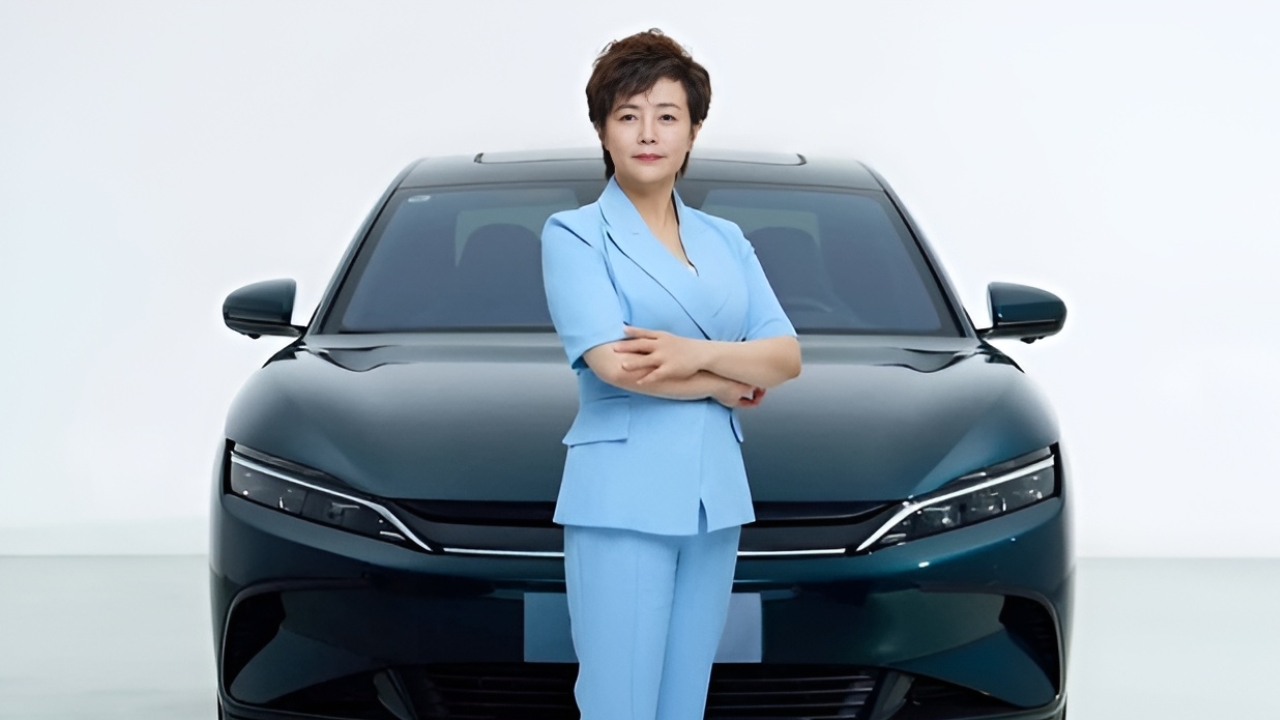
BYD Extends Olive Branch to Tesla: A Strategic Alliance Against Combustion Engines?
The electric vehicle landscape is abuzz with a potentially seismic shift. BYD, the rapidly ascending Chinese automotive giant, has publicly voiced its openness to collaborating with its fiercest rival, Tesla, in a united front against their common adversary: internal combustion engine (ICE) vehicles. In an interview with the Financial Times, BYD Vice President Stella Li articulated a compelling vision of collaboration, stating, "Our common enemy is internal combustion engine vehicles. We must work together to change the industry." This surprising overture has ignited a flurry of speculation and analysis across the automotive world, prompting questions about the motivations behind this potential alliance and its potential impact on the future of mobility.
BYD’s aggressive growth trajectory is no secret. The company recently celebrated surpassing its ambitious target of delivering over 4 million vehicles in a single year, a testament to its burgeoning market dominance and efficient production capabilities. Fuelled by this momentum, BYD has openly declared its intention to dethrone Tesla as the world’s leading electric vehicle manufacturer by 2025. This ambition, coupled with their direct competition, makes the call for collaboration all the more intriguing.
Despite the intense rivalry, BYD’s willingness to explore a partnership with Tesla underscores a broader strategic understanding of the evolving automotive landscape. The shift away from traditional gasoline-powered vehicles towards electric alternatives is a global trend, albeit one facing varied adoption rates across different regions. Recognizing this, BYD seems to be prioritizing the long-term goal of accelerating the electric revolution, even if it means joining forces with its primary competitor.
Stella Li’s statements also highlight a perception of China as a more welcoming environment for foreign companies in the realm of electric vehicles and autonomous driving technologies. She emphasized that the Chinese government is "more open to the outside world," challenging potential misconceptions about the country’s business climate. She further painted China as the "center of innovation" within the automotive industry, actively encouraging foreign companies to invest and collaborate, promising government support for the implementation of cutting-edge technologies. This message serves as a direct invitation to companies like Tesla to leverage China’s resources and expertise to further their own technological advancements.
However, the landscape is not without its complexities. The article notes that electric vehicle adoption in Europe is not progressing as rapidly as initially anticipated. In response, BYD is strategically adapting its approach in the European market by focusing on plug-in hybrid vehicles. This shift allows BYD to circumvent the new tariffs imposed by the European Commission on electric vehicles manufactured in China, effectively mitigating potential economic disadvantages. Furthermore, BYD is planning to officially launch its Denza brand in Europe this year, expanding its product portfolio and catering to diverse consumer preferences.
The situation in the United States presents an entirely different set of challenges. The imposition of a 100% tariff on electric vehicles imported from China has effectively shut BYD out of the US market for the time being. President Donald Trump’s recent announcement of additional tariffs on imports from China, as well as similar measures potentially extending to Mexico and Canada, further complicates BYD’s strategic options. The article indicates that BYD has yet to make a definitive decision regarding the construction of a factory in Mexico, a potential avenue for accessing the North American market without incurring the hefty tariffs.
The potential collaboration between BYD and Tesla raises several crucial questions about the future of the automotive industry. Firstly, what form would this collaboration take? Would it involve joint research and development, shared manufacturing capabilities, or perhaps even cross-licensing of technologies? The possibilities are vast, and the specific nature of the partnership would significantly influence its overall impact.
Secondly, how would such a collaboration affect competition within the electric vehicle market? While the stated goal is to accelerate the transition away from ICE vehicles, a dominant alliance between the two leading EV manufacturers could potentially stifle innovation and limit consumer choice. Regulatory scrutiny would undoubtedly be intense, ensuring that the collaboration does not result in anti-competitive practices.
Thirdly, what are the potential geopolitical implications of such a partnership? Given the ongoing trade tensions between the United States and China, a collaboration between a Chinese company and an American company in a strategically important sector like electric vehicles could have significant ramifications for international relations.
Ultimately, the success of any collaboration between BYD and Tesla will depend on their ability to navigate these challenges and find common ground despite their inherent competitive dynamics. The potential benefits are undeniable: accelerated technological advancement, increased economies of scale, and a faster transition towards sustainable transportation. However, the risks are equally significant: potential anti-competitive behavior, geopolitical complications, and the erosion of brand differentiation.
The automotive world is watching with bated breath to see if this audacious proposal will materialize into a tangible partnership. If successful, it could reshape the industry landscape and usher in a new era of collaboration in the pursuit of a cleaner, more sustainable future.
